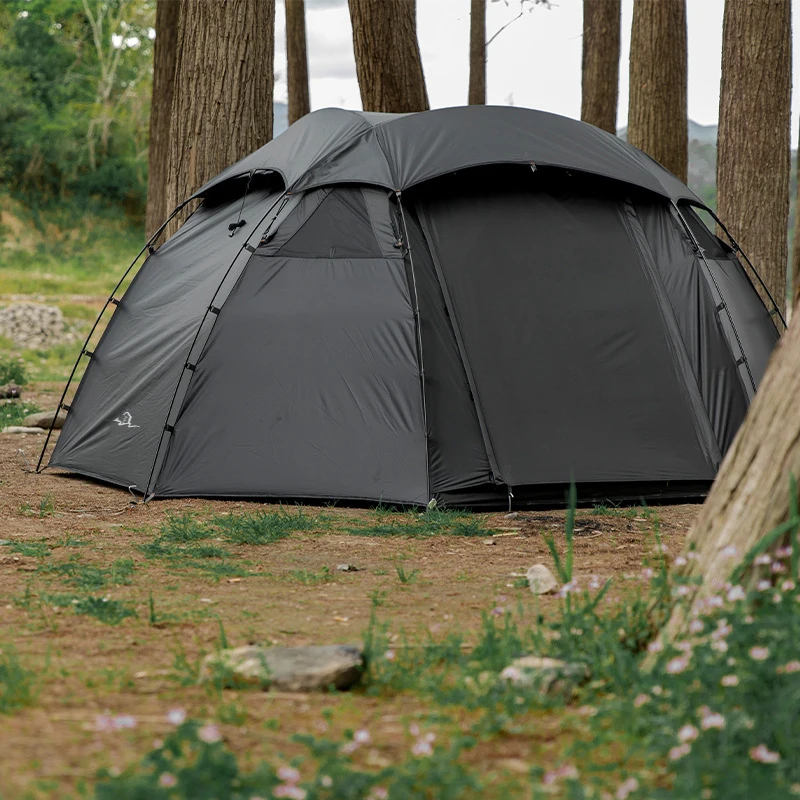The ingenious engineering behind freestanding backpacking tents
Freestanding backpacking tents stand up on their own, no stakes or guy lines required. This is achievable because its poles intersect and form a robust frame. The poles are typically constructed of a lightweight material such as aluminum or carbon fiber, so this keeps the tent on the light side.

The meniscus principle Ben Johnson How lightweight fabrics and intelligent design maintain stability in freestanding tents
Materials Freestanding tents have the most strength because they are constructed with material that is durable but made to be lightweight. This is crucial as backpackers have to schlep their tents on their backs for miles. Other strategic design features made to reinforce seams and tension points allow the tent to bear weight and tension from wind gusts equally, ensuring stability.
The physics of the tension and support systems used in the latest designs of the backpacking tent
Instead freestanding tents are tent types that stand on their own due to tension and support systems. Tension is developed by stretching the fabric over the frame and support is provided by the poles and other racking materials. By carefully balancing tension and support, engineers can ultra light backpacking tent design tents that are at once strong and flexible — able to withstand the elements while also easy to set up and take down.
Space and comfort of freestanding tents with the organization of backpacking tents
Spacious Interior One of the main advantages of freestanding tents is the generous amount of interior space. Using engineering techniques such as arches and angled walls allow designers to make maximum use of space inside the tent in both standing and living spaces. This is not only more comfortable for camping but also helps backpacking tent to keep the inside of your tent cool and dry.
The history of freestanding backpacking tent design
Backpacking tent technology has come along way and freestanding tent design is no exception. MATERIALS Innovative materials and construction have shaved weight and bulk; tents today are stronger and more durable than ever. Advancements in computer modeling and testing methods have also enabled engineers to optimize their designs to perform as well as possible under any conditions.
So, as we have seen, freestanding backpacking tents are quite nifty little things. Tents, functional back pack tent and comfortable for outdoor adventurers, were achieved by the artful combination of lightweight materials, design aim and creative tension and support systems. With technology constantly improving, who knows what awesome features and advancements await the next generation of backpacking tents.